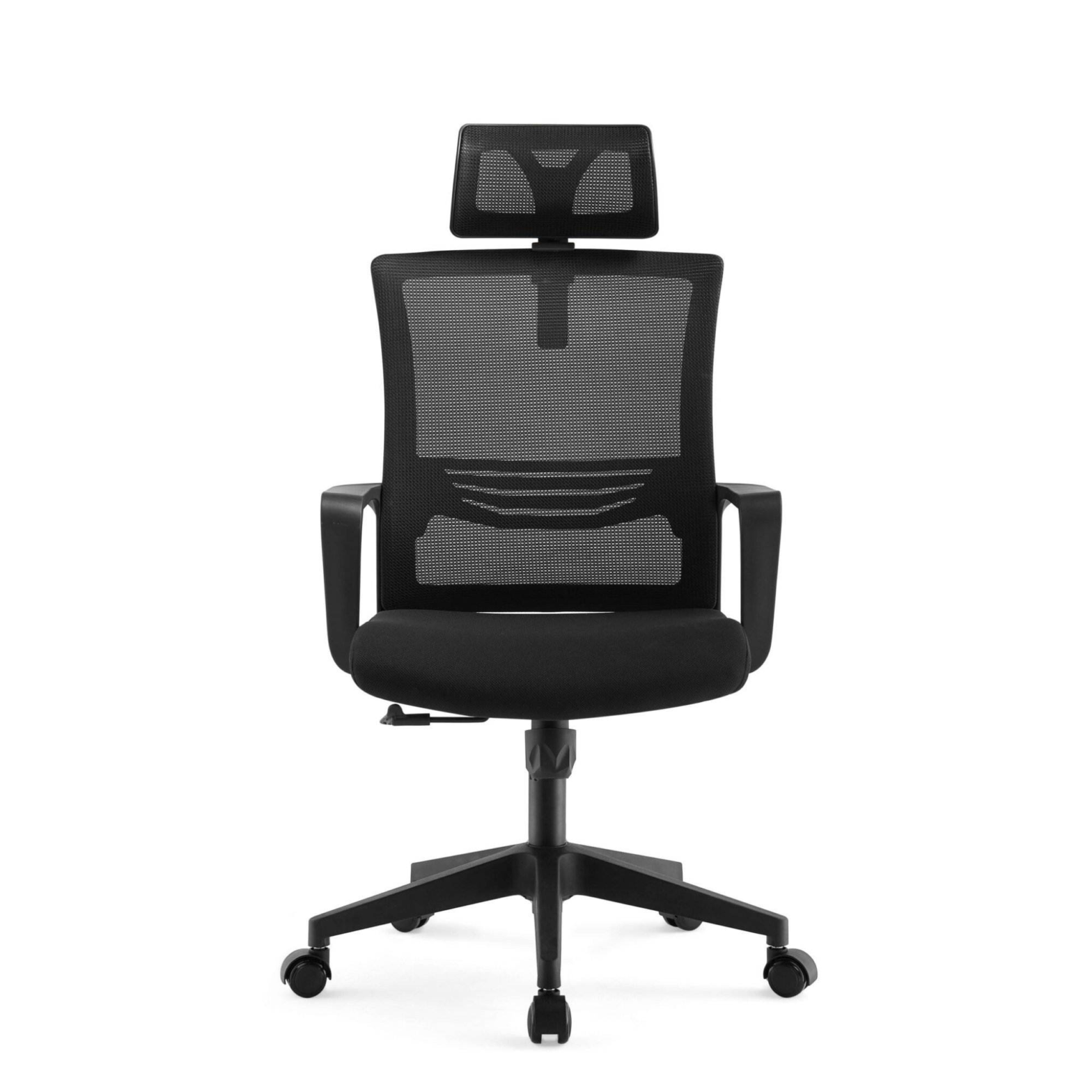In today’s fast-paced industrial world, durable, cost-effective, and easy-to-maintain materials are in high demand. Whether you’re constructing a building, fabricating machinery, or designing outdoor structures, your choice of raw materials significantly impacts the outcome. Two of the most widely used components in various industries are the GI sheet and the metal plate.
Both materials have earned a solid reputation due to their reliability, performance, and adaptability. Let’s explore how GI sheet and metal plate can strengthen your infrastructure and deliver long-term value.
Discover the Advantages of GI Sheet
The GI sheet, or Galvanized Iron sheet, is made by coating mild steel with a protective layer of zinc through the galvanization process. This coating serves as a shield against corrosion and rust, making GI sheets a preferred choice for applications exposed to moisture and outdoor elements.
Why Choose GI Sheet?
- Superior Corrosion Resistance: The zinc layer acts as a sacrificial coating, preventing the underlying metal from rusting.
- Lightweight & Strong: GI sheets provide an excellent balance between strength and ease of installation.
- Affordable: A cost-effective alternative to stainless steel for applications that demand rust resistance.
- Low Maintenance: Once installed, GI sheets require very little upkeep.
- Eco-Friendly: Galvanized steel is fully recyclable and environmentally friendly.
Common Uses of GI Sheet:
- Residential and Commercial Roofing: Lightweight and leak-resistant roofs for homes and businesses.
- Wall Cladding: Used for decorative or protective purposes on buildings.
- Ductwork and Pipes: A mainstay in HVAC systems due to its smooth surface and durability.
- Electrical Cabinets and Appliances: Protects components from environmental damage.
- Farming Structures: Used for sheds, silos, and livestock enclosures.
With a wide range of applications and robust resistance to the elements, GI sheet continues to be a top material choice in various industries.
Understand the Power of Metal Plate
Unlike the thin GI sheet, a metal plate is a thick, flat slab of metal—usually made from steel, aluminum, or other alloys—used in heavy-duty construction and manufacturing. The metal plate is valued for its mechanical strength, toughness, and resistance to impact, making it ideal for structural applications.
Key Benefits of Metal Plate:
- Unmatched Strength: Supports massive loads and pressure in construction and machinery.
- Customizable Thickness and Size: Available in a wide variety of specifications based on project needs.
- High Wear Resistance: Performs well in demanding environments where friction, weight, or pressure is high.
- Thermal and Electrical Conductivity: Excellent for applications involving heat or power systems.
- Long Service Life: When maintained properly, metal plates can last for decades.
Where Is Metal Plate Used?
- Bridges and Skyscrapers: Acts as a foundational support for massive infrastructures.
- Shipbuilding: Hulls, bulkheads, and decks are made from durable metal plates.
- Industrial Machinery: Used in machines that require heavy base support or wear-resistant components.
- Military and Defense Applications: Often used in armored vehicles and bunkers.
- Oil and Gas Pipelines: Suitable for pressure containment and corrosive environments.
A metal plate isn’t just a building block—it’s a backbone for some of the world’s most essential infrastructure.
GI Sheet vs Metal Plate: Which One Fits Your Needs?
If you’re trying to decide between these two, here’s a quick side-by-side comparison:
| Attribute | GI Sheet | Metal Plate |
|---|---|---|
| Thickness | Thin (usually 0.2mm to 2mm) | Thick (3mm and above) |
| Coating | Zinc coating | May or may not be coated |
| Strength | Moderate | High to very high |
| Rust Resistance | Excellent due to galvanization | Depends on the metal type used |
| Applications | Roofing, ducting, fencing | Heavy machinery, bridges, marine work |
| Cost | Lower | Higher depending on material and thickness |
Choose GI sheet when cost, corrosion resistance, and lightweight material are critical. Choose a metal plate when structural strength, impact resistance, and heavy-duty performance are required.
Tips for Choosing the Right Supplier
Whether you’re buying GI sheet or metal plate, working with the right supplier ensures quality and peace of mind. Here’s what to look for:
- Product Certification: Ask for quality certifications or test reports for your material.
- Customization Services: Many projects require specific dimensions or treatments—ensure the supplier can deliver.
- Stock Availability: Check if they offer a wide range of thicknesses and grades.
- Reputation and Reviews: Look for suppliers with positive client feedback and reliable service.
- Fair Pricing: Quality should come at a fair price—avoid suppliers who compromise on standards for cost.
Choosing a reliable supplier can help reduce delays, eliminate material defects, and improve your overall project efficiency.
Final Thoughts
Whether you’re constructing a new building, assembling a ventilation system, or fabricating heavy-duty equipment, your material selection will influence the long-term success of the project. GI sheet offers an affordable, rust-resistant solution for roofing, fencing, and cladding, while metal plate delivers the unmatched strength and durability required for large-scale and load-bearing projects.
Both materials serve different purposes, but each is indispensable in its own way. Evaluate your project needs carefully and choose between GI sheet and metal plate accordingly. With the right materials in hand, you can build stronger, safer, and more efficient structures that stand the test of time.
